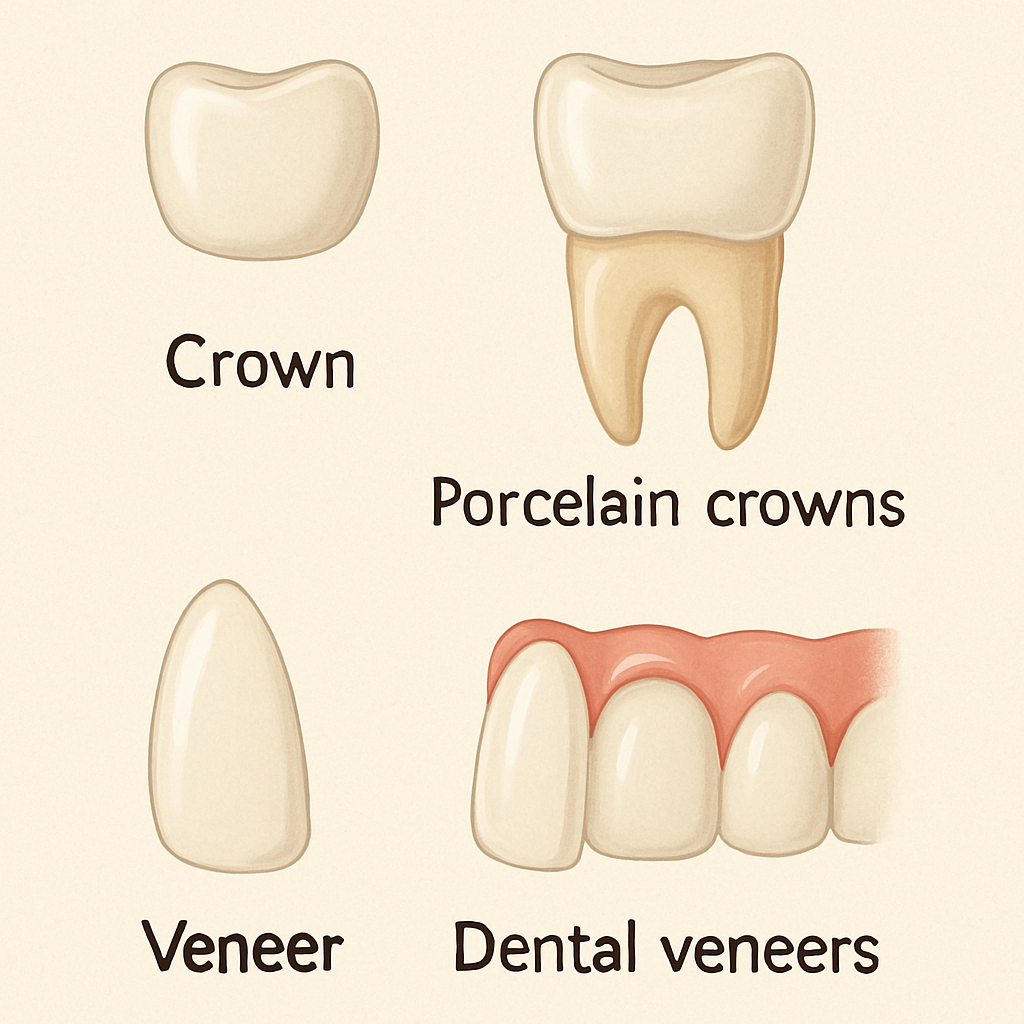You can create both patios, garden paths and driveways with beautiful paving that gives a solid impression. Only the imagination sets limits to what combinations can be made with different colors and shapes on the tiles. With the help of this guide and material from Byggmax, it will be done correctly and you will get a result to enjoy for many years to come.

BEFORE YOU BEGIN
Large volumes of high-weight materials are quick to be handled, even for smaller areas, and therefore it may be a good idea to rent a mini excavator. When excavating, it is also good to separate the different masses so that you can use them later. Remember to lay the masses so that access is good at the filling and laying steps.
It is important to keep in mind when you plan and measure your paving is that they fall on the finished surface is correct so that you do not lead water into a building or cause other problems with e.g. ice in winter. It is also important to find out where electrical cables, water pipes, fibers, and drains go in the ground.
When it comes to tiling, good planning is a must, both to get the result you want and for it to last for many years to come. Think about how the surface will be used and whether it will connect to an existing or future wall. A tiling on a driveway must withstand a higher load than garden paths, which affects the preparatory work but also the choice of edges, depending on what the surface connects to.
Dig away moisture-binding material
Laying paving stones can be a heavy job and it differs in work effort depending on whether you are going to make a simpler garden path or a garage driveway, especially in how deep you have to dig. Regardless of the area of use for the tiling, the methodology is the same to obtain a stable base for the tiles. It is about digging away moisture-binding material and then filling it up with carrier layers to be packed. The load that the surface must withstand determines how heavy the bearing must be. In addition, there are different types of stones depending on the area of use of the paving. There are many different types of stone, sizes, colors and classifications on paving stones.
The bearing layer varies depending on the paving
Should the surface be drivable by car, e.g. a garage driveway, the paving stone must be classified for this. The bearing layer of crushed stone 0-35 mm, or equivalent, on a drivable surface should be 20-30 cm. For a simpler garden path, 15-20 cm bearing layers of 0-18 mm or equivalent may suffice. This means that the smallest fraction is 0 mm, ie stone dust, and the second number indicates the largest stones in the mixture. This means that the base layer can be packed together with the help of a ground vibrator and creates a stable base for the tiles. The tiles should then be laid on a surface of stone flour, which has a fraction of 0-4 mm.
Also read: Mansory retaining wall guide
Maintenance
Supplement annually with more grout as needed to ensure long service life. Filled joints also make it easier to clear weeds. Inevitably, weed seeds will find their way into the joints and germinate over time. This is most easily taken early either by manual cleaning or by using steam which effectively boils the weed cells.
Step 1
Start by finding out if there are pipes for electricity, water, sewage or fiber where the tiling is planned. Cable ducts for electricity and fiber are usually laid at a depth of 40-70 cm, while water and sewage are often at a depth of 70-140 cm.

step 2
Feel free to test dig to find out what the soil conditions are and if you might consider renting a mini excavator.
Step 3
Measure and mark out the surface to be excavated with sticks and string, or use marking paint.
Step 4
Dig inside the mark to the required depth depending on what you are going to use the surface for. Remember to take into account that there should be a drop of about 2 cm per meter.
Step 5
To obtain a stable edge, at least one row of slabs should be dug out around the surface to be laid.
Step 6
When all the soil masses are gone, the non-woven fabric should be laid out, add a little extra to the length that you cut off later. If you need to sew, the cloths are folded over with an overlap of about 30 cm.
Step 7
To get the right height on the base layer, you can either use a laser instrument, which can often be rented, or tighten the strings that show the height. If you choose the method with string, it is now time to knock down wooden sticks in the corners of the surface to be flattened and tighten masonry string at the correct height. Already in this step is prepared for the water run-off which is done by creating a drop of about 2cm / m. Keep in mind that the pegs are long enough so that the string can be moved up for the next layers to be applied.
Step 8
Apply the bearing layer, which should be coarser if it is to withstand greater loads. For a garage driveway for passenger cars, 0-35 mm is recommended, while 0-18 mm is sufficient for a garden path.
Step 9
Spread the masses evenly over the surface.
Step 10
The base layer should be packed well with a ground vibrator, which you can often rent, and depending on the size of the vibrator, the base layer is applied in reasonably thick layers. To facilitate packing, the surface can be lightly watered before packing.
Step 11
The pre-packed surface should be even at a level of about 3-5 cm below the surface the tiles should be laid, with the same case as the finished coating should have.
Step 12
Now move the guide ropes up to the level at which the tiles are to be laid, ie a slab thickness lower than the finished surface.
Step 13
Fill with stone flour to a little over the height of the string and rake out evenly.
Step 14
Then pack again with a vibrator and add more stone flour if necessary. The pre-packed surface should be a few millimeters higher than the string.
Step 15
To get an even surface at exactly the right height for the tiling, the surface must be pulled off and this is done with the help of deduction paths that are placed in the stone flour with a distance of about 2 m at most.
Step 16
Make two grooves in the stone flour and place pipes or wooden battens in the grooves that are adjusted to exactly the right height, including the correct fall.
Step 17
Place a straight or straight plank over the stripping paths and pull off excess stone flour with a zigzagging motion. Fill with more stone flour if there is too little in any place.
Step 18
When the surface is finished, the deduction paths are removed and filled with stone flour, which is leveled at the level of the rest of the surface.
Step 19
Now it’s time for fun, to lay the tiles. Make sure you have all the material as close to the workplace as possible and preferably one or two handymen who pick up tiles for the person who lays them.
Step 20
If there are many pallets of stone to be laid, it can be good to mix stones from several pallets at the same time, as they can change slightly in color and surface. This way you get a vivid result without specific areas with nuance differences.
Step 21
The tiles should be laid at a small interval so that the joint sand can fit, about 3 mm is enough. You do this easily by using a liner of suitable thickness. For example. a ruler blade can be used as a spacer, but it works just as well with a yardstick.
Step 22
Paving can be done in many different patterns and for rectangular tiles, semi-stone joints are most common, while square ones are most often laid in rows. These two variants are also easiest for the unaccustomed and can be added quickly, but remember: only the imagination sets limits.
Step 23
Start by laying all the whole stones and save all the cuts that adapt to the side line or frieze at the end.
Step 24
Cutting of tiles is easy with an angle grinder and cutting board for concrete. Think of the neighborhood as it both sounds and smokes a lot to cut stone with an angle grinder. Cut stone should never be less than 1/3 of the original length or width of the slab, as this will not give a stable result. Should such a case arise, it is better to adjust the outer dimensions of the paving.
Step 25
When all tiles have been laid, it is time for grouting, which you do with sand, grout or another type of crusher in the size 0-2 mm. Start by laying the jointing sand over the entire surface and sweeping it over the joints with a broom. Be patient and sweep both along, across and diagonally to fill the joints. Leave sand on the surface and go over with a broom again in the next few weeks, as the sand creeps down over time and the joints need to be filled.







